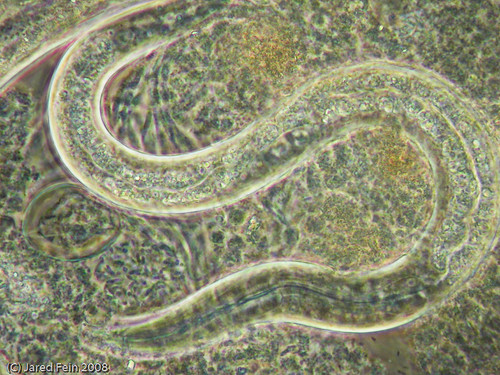


Microbial-produced bioflocculants have received increased scientific and technical attention because they are biodegradable and non-toxic and their degradation intermediates are not secondary pollutants. Several microorganisms are known to produce bioflocculants, including Aspergillus sojae, Paecilomyces sp., Rhodococcus erythropolis, Serratia ficaria, and Bacillus mucilaginosus. However, the large-scale utilization of microbial-produced bioflocculants in commercial wastewater treatment plants has been limited by the high cost and low yield of bioflocculant production. Hence, researchers have been attempting to identify cheaper and more efficient strains.
Researchers from the State Key Laboratory of Agricultural Microbiology at Huazhong Agricultural University in Wuhan, China have come up with a new bioflocculant, which they have named HBF-3. This novel bioflocculant is an exopolysaccharide produced by the bacterium Halomonas sp. V3a' (a mutant of the deep-sea bacterium Halomonas sp. V3a). The preparation of HBF-3 contained 15.66% (w/w) rhamnose, 6.76% glucuronate, 0.77% trehalose, 2.73% glucose, 1.12% mannose and 5.30% sulfate groups.
The researchers subsequently employed response surface methodology (RSM) to optimize the production medium for HBF-3 production. In this regard, a Plackett-Burman (PB) experimental design was utilized to screen for components of the production medium that had significant effects on HBF-3 production. At the first step of optimization, three components were found to be significant factors affecting HBF-3 production, which included edible glucose, hydrated magnesium sulfate and ammonium chloride. A central composite design (CCD) was then employed in order to determine the optimal concentration of each component, so as to increase HBF-3 yields further. Using the optimized medium, batch fermentation was subsequently scaled up from flask to 10-liter fermenters.
Research so far has indicated that HBF-3 is efficient in flocculating inorganic solid suspensions (such as kaolin clay), dyes solution, heavy metal ions and other synthetic suspensions in several types of wastewaters. In addition, the bioflocculant maintains its high activity in a wide pH range (pH 1 to 12), as well at a broad temperature range (from -20 degrees C to 90 degrees C).
With such properties, the researchers firmly believe that HBF-3 will make an excellent bioflocculant for wastewater treatment. However, certain challenges need to be overcome. Presently, Halomonas sp. V3a' has to be bred in a high salinity medium, which leads to higher costs. The research team also has to figure out a method for the bioflocculant to retain its flocculating activity while in storage. The research is still at the laboratory stage, and hence, and offers for industrial collaborations are welcome.


No comments:
Post a Comment